Seeking to stem the flow of American firearms to Mexican cartels and other unauthorized groups, the Biden Administration has rolled out a series of stringent new restrictions on firearm exports.
Aimed at significantly reducing the use of U.S. firearms in international crimes and violence, the initiative marks a robust effort to control arms trafficking.
Major Overhaul in Firearm Export Policies
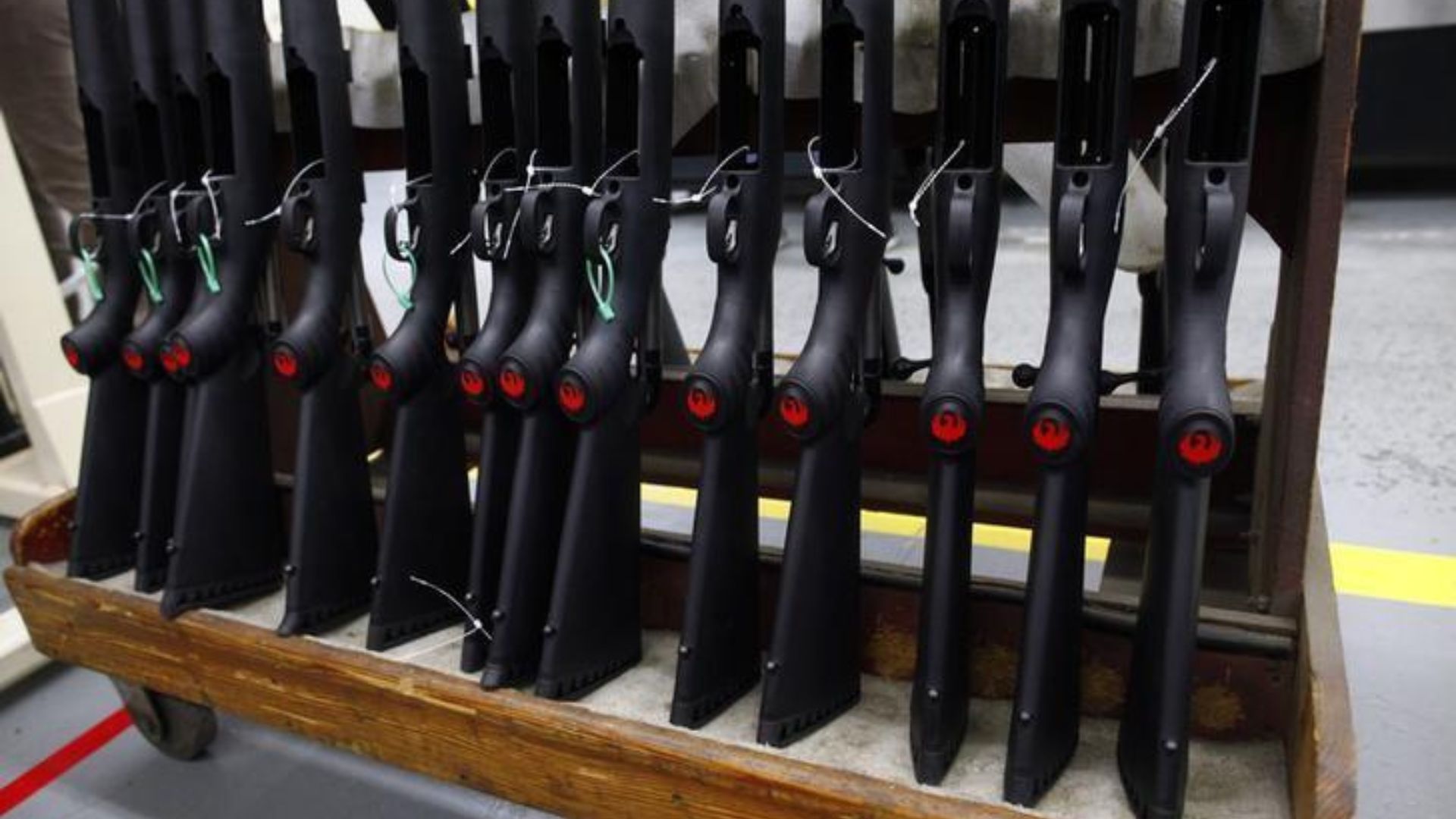
In response to increasing concerns over American-made firearms being implicated in crimes and human rights abuses worldwide, the U.S. is toughening its export controls.
Such alterations signify a major shift in policy, with a renewed focus on halting the international misuse of U.S. civilian firearms.
Targeting High-Risk Nations
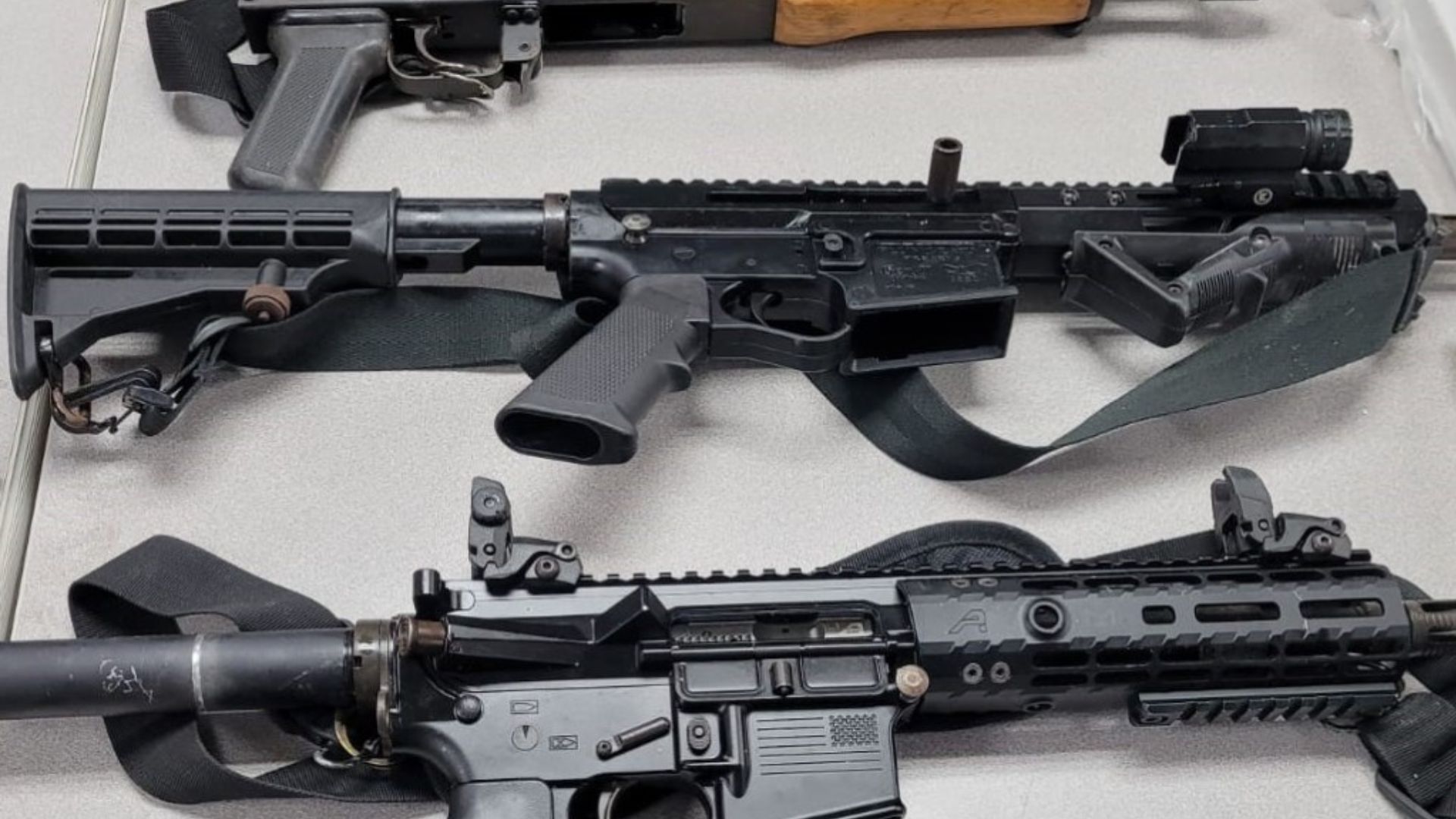
Recently updated regulations now identify 36 countries as ‘high risk’ for firearm diversion and misuse.
American weapons have a high likelihood of ending up with international criminal organizations in these nations, necessitating rigorous scrutiny from U.S. authorities.
Ramping Up Export Oversight
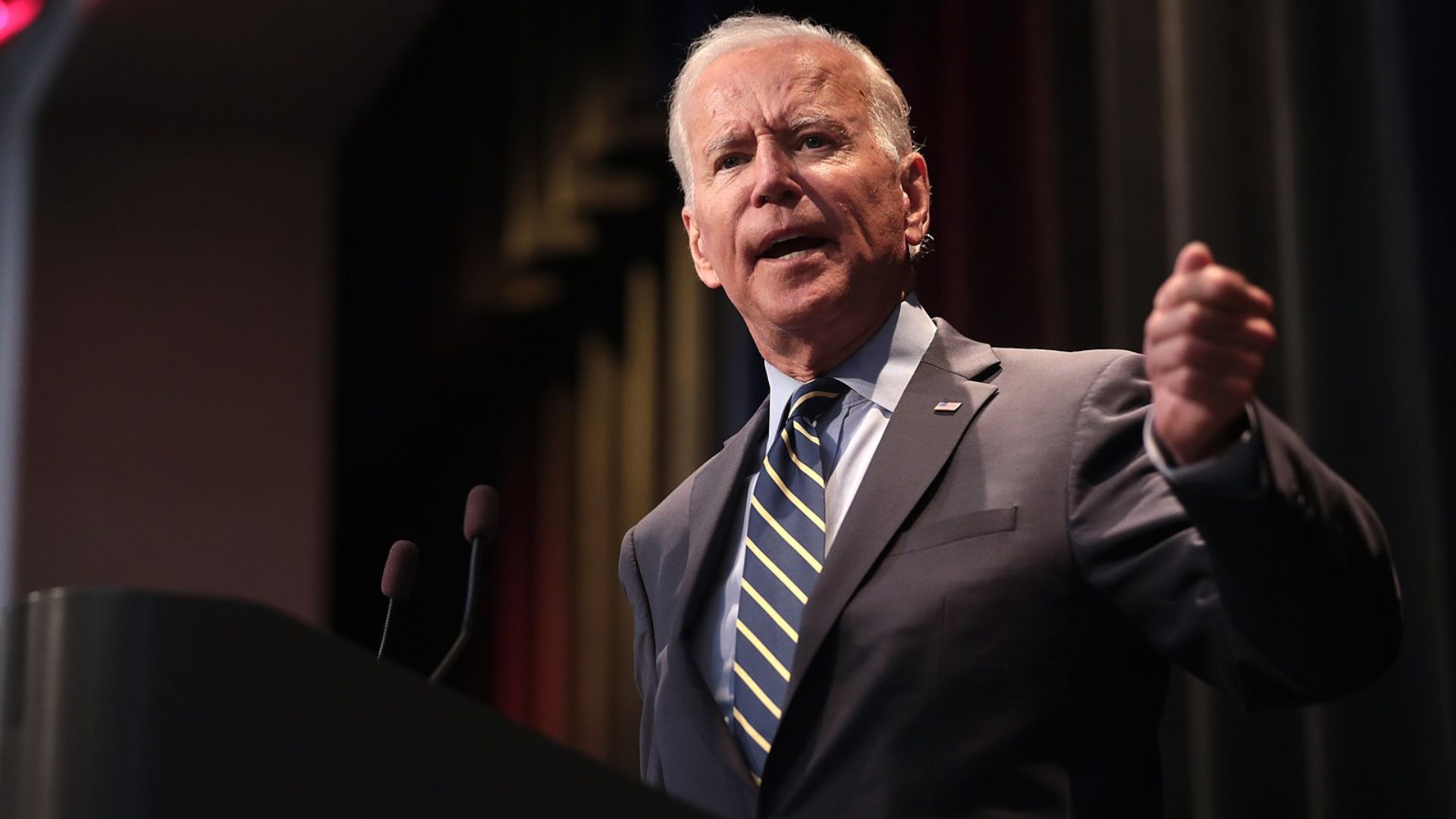
Recently, a senior Commerce Department official disclosed plans to enhance scrutiny of firearm transactions and establish stricter export rules for non-government recipients in high-risk areas.
This strategic move is geared toward halting the supply of firearms to notorious groups like drug cartels.
Pausing to Assess the Risks
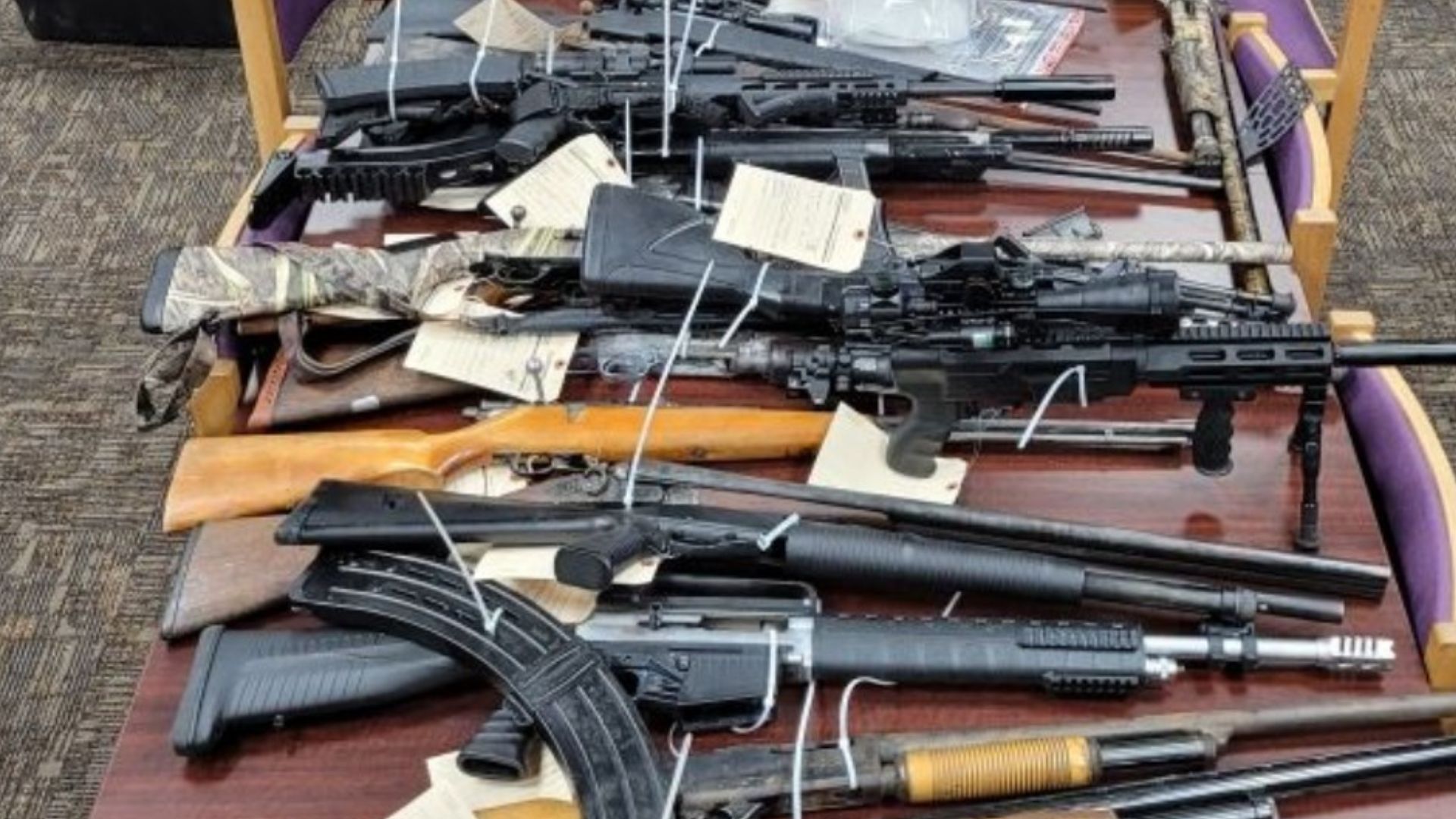
On October 27, the Commerce Department made a decisive move by temporarily halting most firearm exports.
The pause enabled an assessment of risks such as regional instability and potential human rights violations.
New Guidelines Set to Take Effect
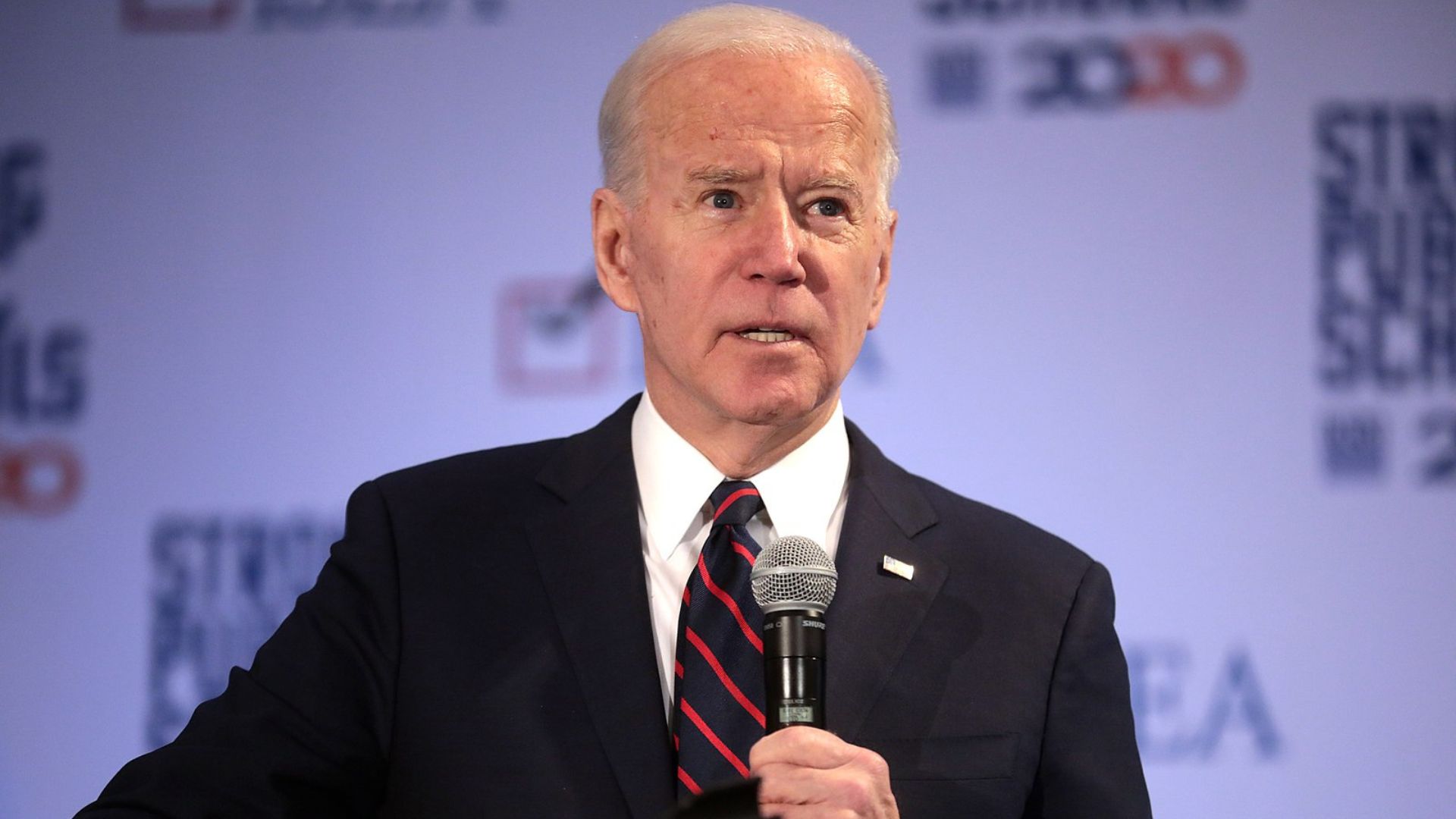
Scheduled to end on May 30, the suspension of firearm exports coincides with the enforcement of new guidelines.
Following a structured review period, this resumption lays the groundwork for stricter and more secure export practices.
Enhancing Global and National Security

A Commerce Department official emphasized the necessity of robust measures to “prevent exported firearms from being diverted for harmful purposes and hurting U.S. national security.”
Enhanced protocols are expected to significantly bolster both U.S. and international security frameworks.
Anticipating the Impact of Policy Changes
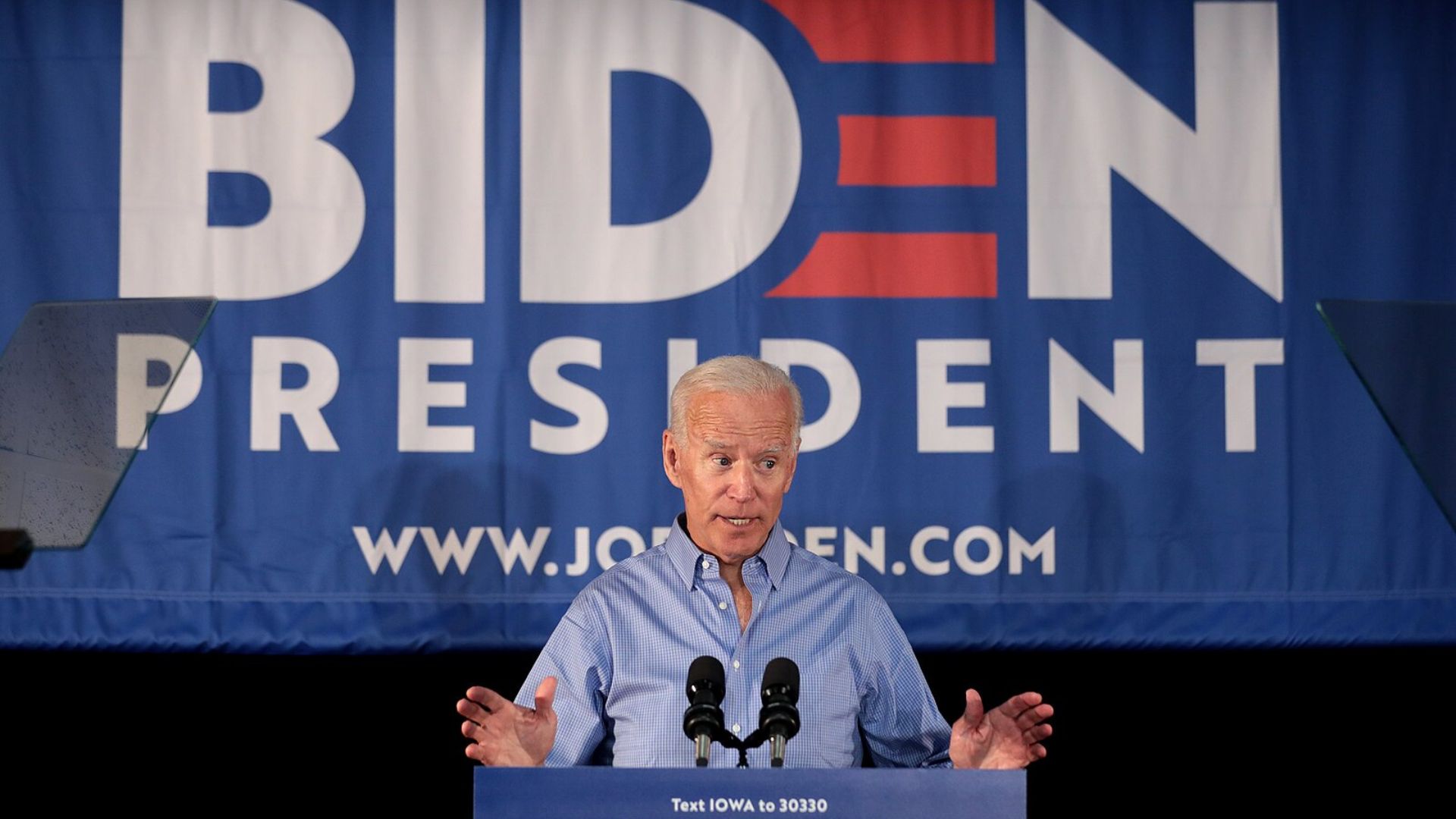
Predictions from the Commerce Department suggest that the new export controls will decrease U.S. firearm exports by approximately 7%, translating to a $40 million reduction from the usual $600 million annually.
This anticipated decrease reflects dedicated efforts to ensure ethical and legal use of firearms.
Tightening License Regulations
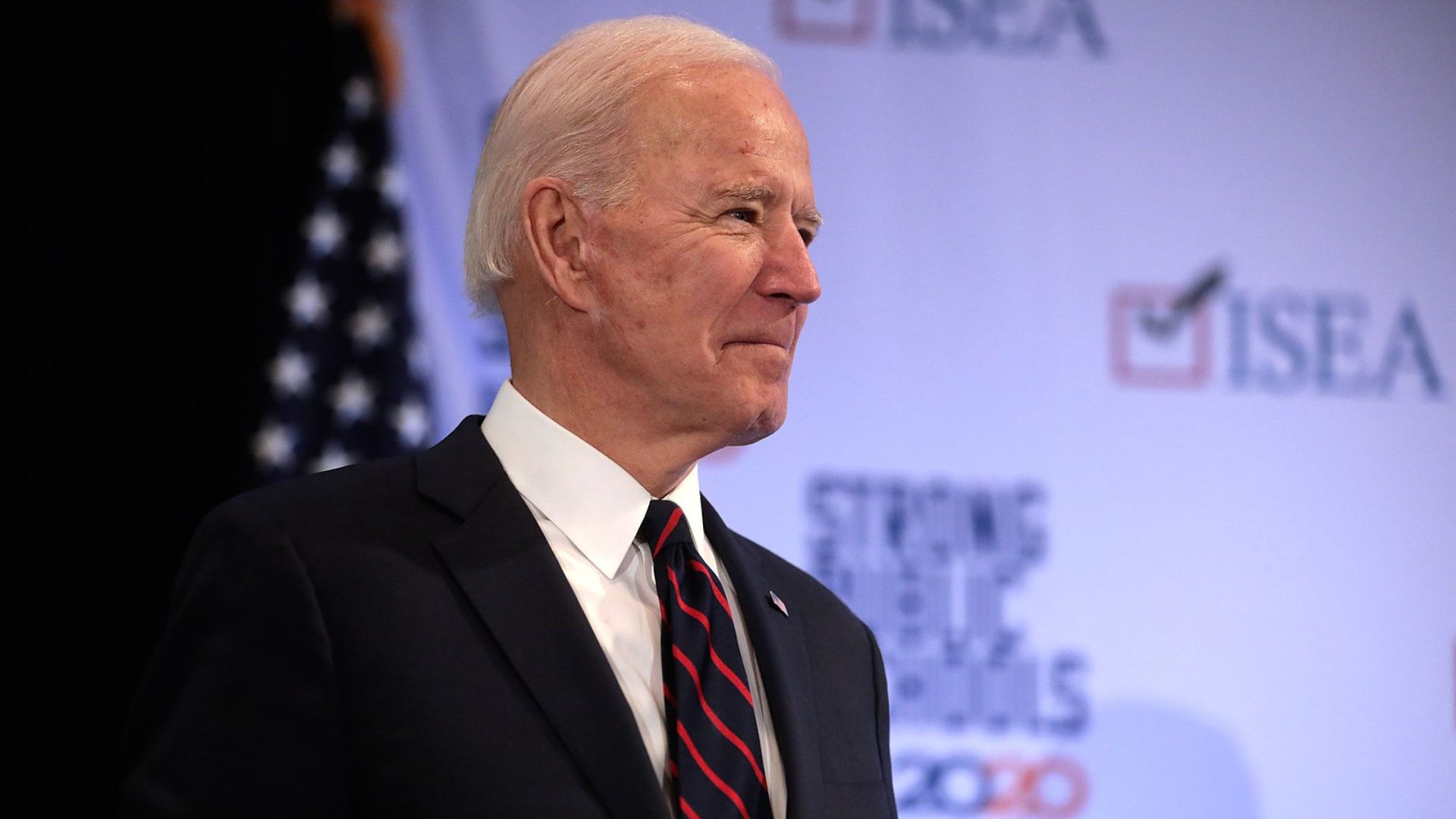
Recent policy adjustments include the cancellation of some export licenses and the reduction of others from four years to one.
These changes are designed to improve the management and oversight of U.S. firearm destinations globally.
Increasing Transaction Scrutiny

The U.S. is intensifying its scrutiny of each firearm transaction, especially targeting countries that were part of the former Soviet Union.
This detailed approach aims to prevent U.S. firearms from exacerbating conflicts or contributing to international abuses.
Maintaining Support for Key Allies

Despite the new stringent rules, exemptions for key allies will remain, allowing them to continue receiving firearms under specific agreements.
These exceptions demonstrate the U.S.’s commitment to supporting its allies while enforcing strict export controls.
Political Debate Heats Up

The implementation of new export controls has sparked significant political debate.
In November, 46 Republican senators expressed “significant concerns” over the impact on U.S. commercial interests and national security, underscoring the complex balance between regulating firearm exports and maintaining essential international relations.
